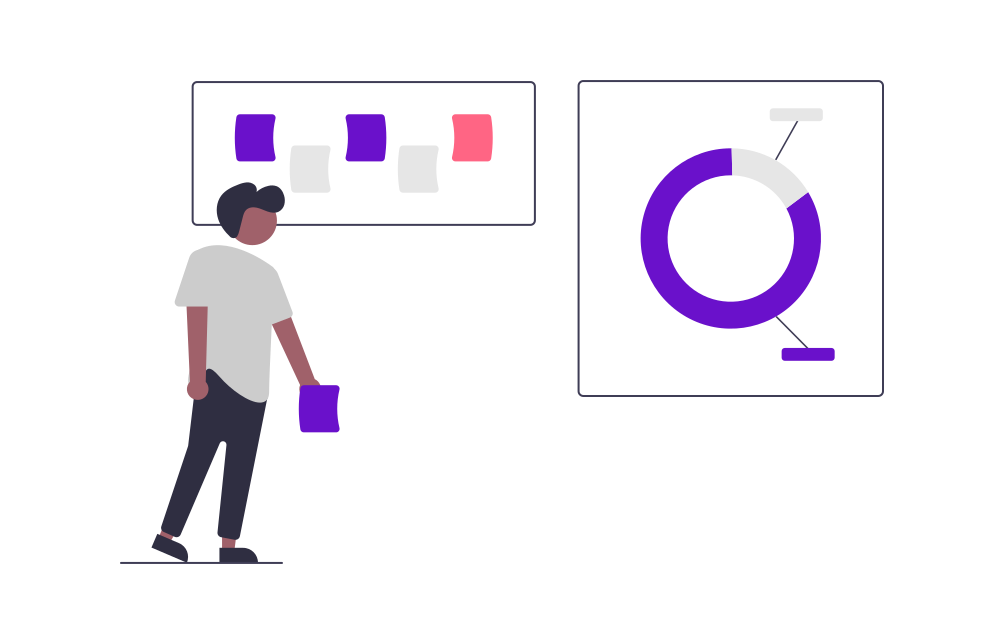In today's competitive market, leveraging the full potential of your customer data is crucial. Combining geographic and demographic segmentation can help you create more precise and effective marketing campaigns. This blog will explore the benefits of this integrated approach and provide practical strategies for implementation.
The Power of Combining Geographic and Demographic Segmentation
Enhancing Customer Profiles
Integrating geographic and demographic segmentation enriches your understanding of your audience. By combining data on location with information about age, gender, income, education, and other demographic factors, you can develop detailed customer profiles. These profiles enable you to craft highly personalized marketing messages.
Improving Campaign Precision
When you know where your customers live and their demographic characteristics, you can design campaigns that speak directly to their needs and preferences. This precision leads to higher engagement rates, better customer satisfaction, and increased ROI.
Optimizing Resource Allocation
Combining these segmentation methods allows you to allocate resources more efficiently. You can target specific regions and demographic groups with tailored campaigns, ensuring that your marketing budget is spent where it will have the greatest impact.
Strategies for Combining Geographic and Demographic Segmentation
Data Collection and Integration
Start by gathering comprehensive data on both geographic and demographic variables. Use sources such as:
- Customer Surveys: Collect information directly from your customers.
- CRM Systems: Leverage existing customer data stored in your CRM.
- Analytics Tools: Utilize tools like Google Analytics to gather geographic and demographic insights.
Integrate this data into a unified system to enable seamless analysis and segmentation.
Identifying Key Segments
Analyze your integrated data to identify key segments. Look for patterns that reveal the most promising combinations of geographic locations and demographic characteristics. For example, you might find that young professionals in urban areas have distinct preferences compared to older adults in rural regions.
Crafting Tailored Campaigns
With your key segments identified, develop marketing campaigns that cater to the specific needs and preferences of each group. Consider factors such as:
- Language and Tone: Adjust your messaging to resonate with different demographic groups.
- Channel Selection: Choose the most effective communication channels for each segment.
- Content Customization: Create content that addresses the unique interests and pain points of each segment.
Monitoring and Optimization
Continuously monitor the performance of your campaigns across different segments. Use metrics such as engagement rates, conversion rates, and ROI to assess effectiveness. Based on your findings, refine your strategies to enhance future campaigns.
Practical Tips for Success
Leverage Technology
Invest in advanced marketing tools and technologies that facilitate data integration and analysis. Marketing automation platforms, CRM systems, and analytics tools can streamline your segmentation efforts and improve campaign execution.
Stay Updated on Market Trends
Keep abreast of market trends and changes in customer behavior. Regularly update your data and segmentation strategies to ensure they remain relevant and effective.
Foster Cross-Department Collaboration
Encourage collaboration between your marketing, sales, and customer service teams. Sharing insights and data across departments can lead to more comprehensive customer profiles and more effective segmentation strategies.
Conclusion
Combining geographic and demographic segmentation allows you to create highly targeted and impactful marketing campaigns. By understanding the unique needs and preferences of different customer segments, you can deliver personalized experiences that drive engagement and increase ROI. Implement the strategies outlined in this blog to optimize your marketing efforts and achieve greater success.


